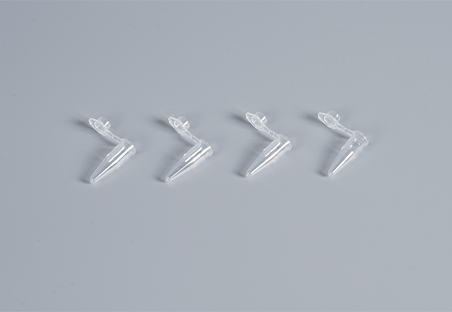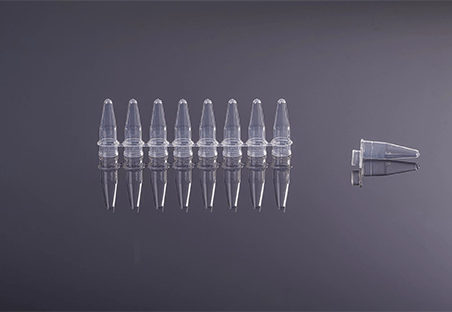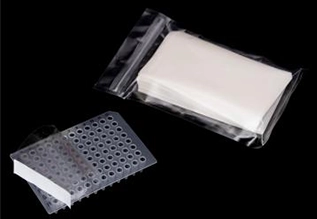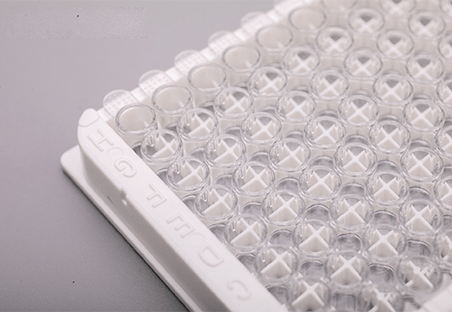A necessary tool for molecular biology research is a 96-well PCR plate. To guarantee accurate and dependable results, proper upkeep and care are essential. Some commonly asked questions concerning maintaining, cleaning, and troubleshooting 96-well PCR plates will be addressed in this guide.
How Do I Clean and Sterilize 96-Well PCR Plates?
- Preparation: Assemble all required supplies, such as 70% ethanol, drying rack, sterile hood (optional), graduated cylinders or pipettes, distilled water, cleaning solution (detergent, bleach, or 1M HCl), gloves, and eye protection. Depending on the kind of contaminants and the protocols followed in your lab, choose the right cleaning technique.
- Cleaning: To clean a plate, soak it in a suitable solution for the recommended amount of time, discard the contents, give the wells a gentle scrub with a sterile wipe, and then rinse everything well with distilled water. Before sterilizing, thoroughly dry the plate.
- Sterilization: You can either use 70% ethanol to wipe or autoclave, which is advised. Place under autoclave for 15 minutes at 121°C and 15 psi. Once completely cleaned, let each air dry in a sterile hood using 70% ethanol.
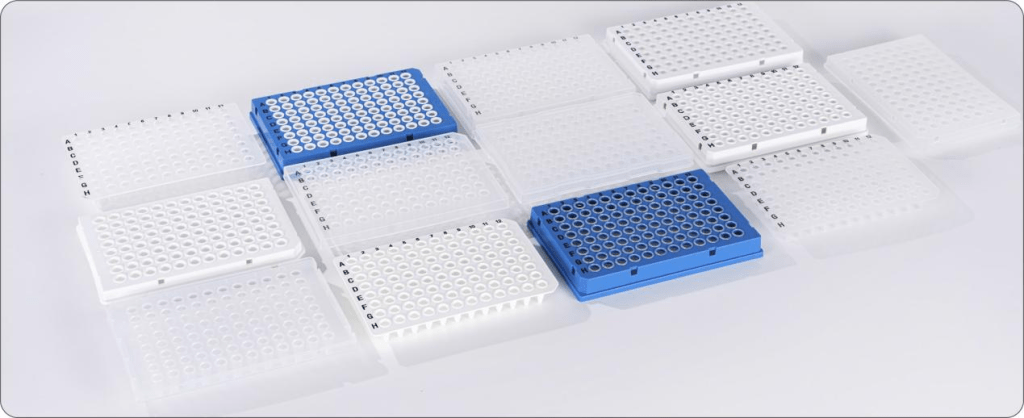
What Is the Recommended Storage Temperature for 96-Well PCR Plates?
96-well PCR plate storage temperature recommendations vary depending on the type of plate and contents. In general, however, most manufacturers recommend the following temperature ranges:
For dry plates without reagents:
- -20°C to 25°C: This is the standard and advised storage temperature for the majority of 96-well PCR plate types, including polypropylene and polystyrene ones.
- 4°C: Certain types of plates have manufacturers that advise storing them at 4°C, particularly if the plates include reagents or sensitive enzymes.
For plates with reagents:
- -20°C to -80°C: To prevent degradation, this is the suggested storage temperature for plates containing reagents such as proteins, RNA, or DNA.
- -80°C: It might be necessary to store your reagents at -80°C if they are extremely sensitive.
Additional factors to consider:
- Type of plate material: The temperature tolerances of different materials vary. For instance, compared to polystyrene plates, polycarbonate plates can tolerate higher temperatures.
- Type of reagents: Stability profiles differ amongst reagents. For detailed storage advice, refer to the manufacturer’s instructions.
- Length of storage: Plates kept in a colder environment will usually last longer on the shelf.

What Do I Do If a Well Breaks in My PCR Plate?
If a well breaks in your PCR plate, it’s important to take the following steps:
Immediate action:
- Stop the experiment: To avoid contamination and additional harm to the plate or your thermocycler, end the experiment right away if it is still running.
- Identify the broken well: Find the damaged well and carefully clear the surrounding wells of any broken pieces or debris. To avoid contamination, avoid coming into direct contact with the broken well.
- Seal the plate: Put a sterile adhesive seal or film over the fractured well to stop leaks and further contamination.
- Dispose of the broken fragments: As per your lab’s waste disposal protocols, dispose of the broken fragments and any contaminated materials appropriately.
Further assessment:
- Assess the damage: Determine the extent of the harm. Think about how many wells are impacted and whether the nearby wells have been contaminated by the broken pieces.
- Determine the cause: Determine what caused the breakage as best you can. Was it a result of dropping the plate, rough handling, or a faulty plate?
- Decide on the next steps: You must choose whether to resume the experiment or stop depending on the degree of damage and the reason for the breakage.
Possible options:
- Continue the experiment: By removing the damaged well and modifying your sample volumes appropriately, you might be able to experiment even if only a small number of wells are impacted and the nearby wells are uncontaminated.
- Repeat the experiment: It is advisable to repeat the experiment on a fresh plate if the damage is significant or there is a chance of contamination.
- Additional tips:
- Document the incident: Record the event in writing, noting the date, time, reason for the breakage, and any subsequent actions. You can use this information to troubleshoot future issues.
- Consult your lab consumables supplier: Please consult your lab consumables supplier if you are unclear on how to proceed.
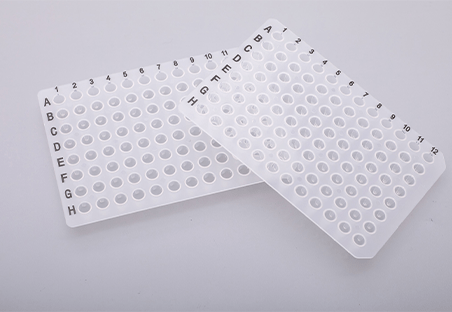
Conclusion
In molecular biology research, 96-well PCR plates are an indispensable tool, but maintaining them properly is essential to producing accurate and consistent results. You now have the necessary information and tools to properly store, clean, and troubleshoot any potential problems with your 96-well PCR plates thanks to this guide. By following these guidelines, you can make sure your plates last a long time and function at their best, which will support fruitful and significant research projects. To preserve the integrity of your 96-well PCR plates, keep in mind that regular maintenance and close attention to detail are essential. You can confidently navigate your PCR experiments and attain optimal results by adhering to these guidelines and consulting the particular protocols of your lab.
